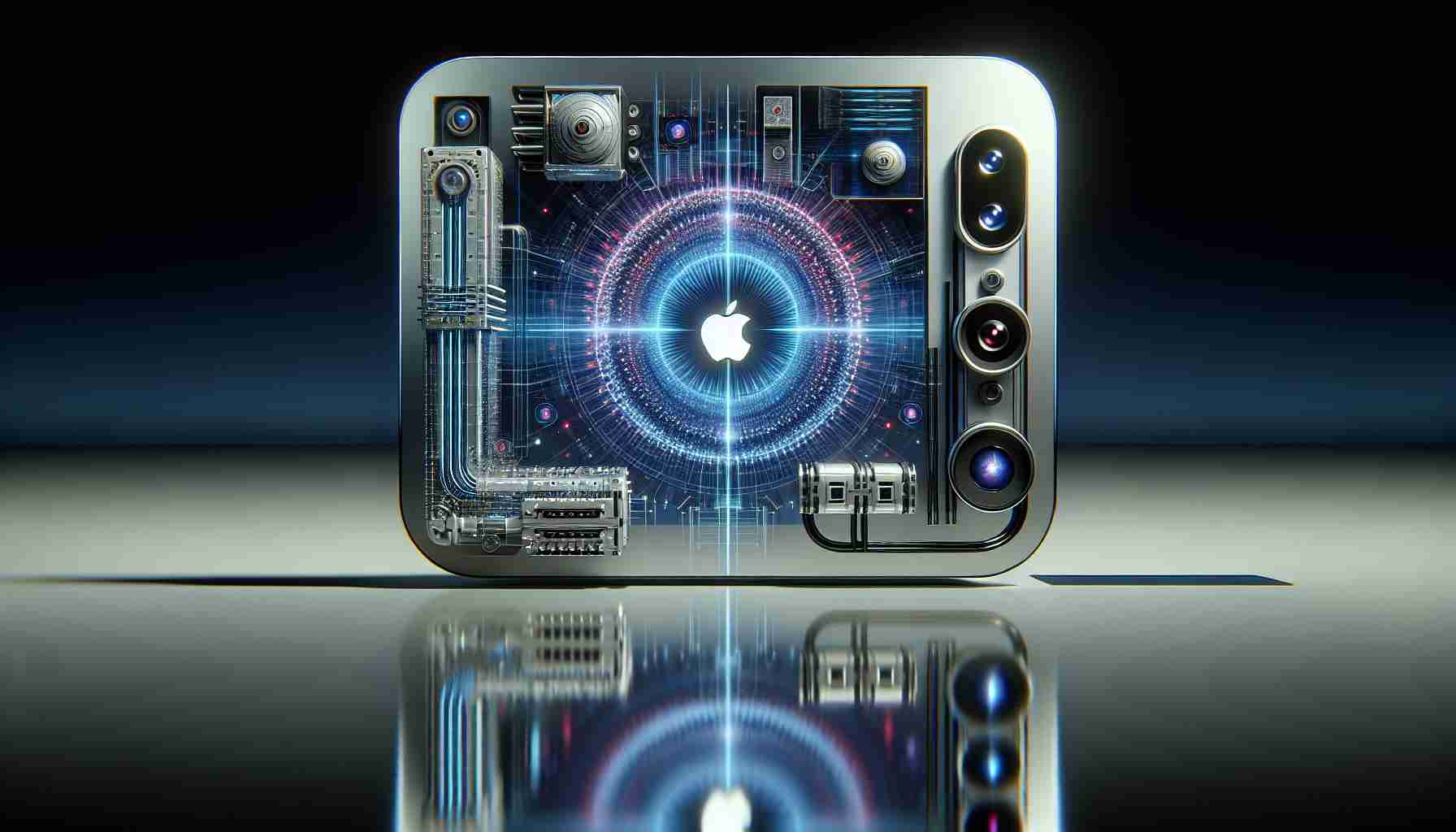Apple Vision Pro: Redefining Entertainment and Productivity
Apple has recently launched its highly anticipated Vision Pro headset, a revolutionary device that has the power to transform our entertainment consumption and computer usage. With a price tag of $3,500, the Vision Pro is now available in Apple’s brick-and-mortar stores in the United States, attracting attention from technology enthusiasts.
Differentiating itself from competitors like Meta Platforms and HTC, which primarily target the gaming community, the Vision Pro aims to appeal to a broader audience. By seamlessly integrating three-dimensional digital content with real-world visuals, this device offers immersive entertainment experiences like never before.
One of the standout features of the Vision Pro is its collaboration with major players in the entertainment industry, including Walt Disney. Apple has worked closely with Disney to create an app specifically designed for the Vision Pro. Through this partnership, users can immerse themselves in various cinematic environments and enjoy their favorite Disney movies in stunning 3D.
However, the Vision Pro’s capabilities go beyond entertainment. It has the potential to redefine productivity by providing a new computing platform. According to analysts who have tested the device, the Vision Pro’s powerful computing chips and state-of-the-art displays could potentially replace traditional two-dimensional screens in both homes and offices.
Despite its premium price, the Vision Pro is expected to attract business customers who are seeking cutting-edge technology. Similar to how the original Mac computer appealed to small businesses for its document creation and printing features, the Vision Pro offers a new way to collaborate and work with three-dimensional files.
While it is uncertain whether the Vision Pro will achieve the late Steve Jobs’ vision of revolutionizing the television industry, analysts, such as Ben Bajarin of Creative Strategies, believe that the device’s platform element makes it even more intriguing. It has the potential to go beyond traditional television and become a versatile tool for productivity and social interaction.
Apple is initially taking a cautious approach with production, starting with only 1 million units. However, it is evident that the Vision Pro represents a significant technological leap forward. Through its combination of storytelling, immersive experiences, and innovative computing capabilities, the Vision Pro has the potential to redefine how we consume entertainment and interact with computers in the future. And this is just the beginning of what this new computing platform has to offer.
Frequently Asked Questions (FAQ) about Apple Vision Pro
Q: What is Apple Vision Pro?
A: Apple Vision Pro is a revolutionary headset device that aims to redefine entertainment consumption and computer usage.
Q: What sets Vision Pro apart from its competitors?
A: Unlike competitors such as Meta Platforms and HTC, which primarily target the gaming community, Vision Pro aims to appeal to a wider audience by seamlessly integrating three-dimensional digital content with real-world visuals.
Q: Can Vision Pro be used for productivity purposes?
A: Yes, Vision Pro has the potential to redefine productivity by offering a new computing platform. It is equipped with powerful computing chips and state-of-the-art displays that could potentially replace traditional two-dimensional screens.
Q: Is Vision Pro only for entertainment?
A: No, Vision Pro can be used for both entertainment and productivity purposes. It offers immersive entertainment experiences, but also provides a new way to collaborate and work with three-dimensional files.
Q: Will Vision Pro revolutionize the television industry?
A: While it is uncertain whether Vision Pro will meet the late Steve Jobs’ vision of revolutionizing the television industry, it has the potential to go beyond traditional television and become a versatile tool for productivity and social interaction.
The source of the article is from the blog dk1250.com
